I am trying to get the 2d world coordinates on a 2D plane (Z = 0) where I clicked with the mouse in a 3D scene. I figured out that ray-casting would probably be the best method.
This code is that I scavenged from the Internet:
glm::vec3 Drawer::MouseToWorldCoords(glm::vec2 coords)
{
//getting camera position
glm::mat3 rotMat(view);
glm::vec3 d(view[3]);
glm::vec3 retVec = -d * rotMat;
//std::cout << " x " << retVec.x << " y " << retVec.y << " z " << retVec.z << std::endl;
//getting mouse coords
float x = 2.0 * coords.x / WINDOW_WIDTH - 1;
float y = -2.0 * coords.y / WINDOW_HEIGHT + 1;
float z = -1.0f;
//raycasting
glm::vec4 ray(x, y, z,1.0f);
glm::vec4 ray_eye = inverse(proj) * ray;
ray_eye = glm::vec4(ray_eye.x,ray_eye.y, 1.0, 0.0);
glm::vec3 ray_world = glm::vec3((glm::inverse(view) * ray_eye));
ray_world = glm::normalize(ray_world);
//intersecting plane with ray
glm::vec3 ba = retVec - ray_world ;
float nDotA = glm::dot(glm::vec3(0.0f,0.0f,1.0f), ray_world);
float nDotBA = glm::dot(glm::vec3(0.0f,0.0f,1.0f), ba);
glm::vec3 intersect = (ray_world + (((0.0f - nDotA) / nDotBA) * ba)) ;
return glm::vec3( -intersect.x * 10.0f,-intersect.y * 10.0f,0.0f );
}
This snippet of code does not work the way it should though. As you can see in the image:
The program simply spawns cubes at the location returned by the function. To produce this result I clicked only on the edges of the screen (except for the 2 in the middle of course).
